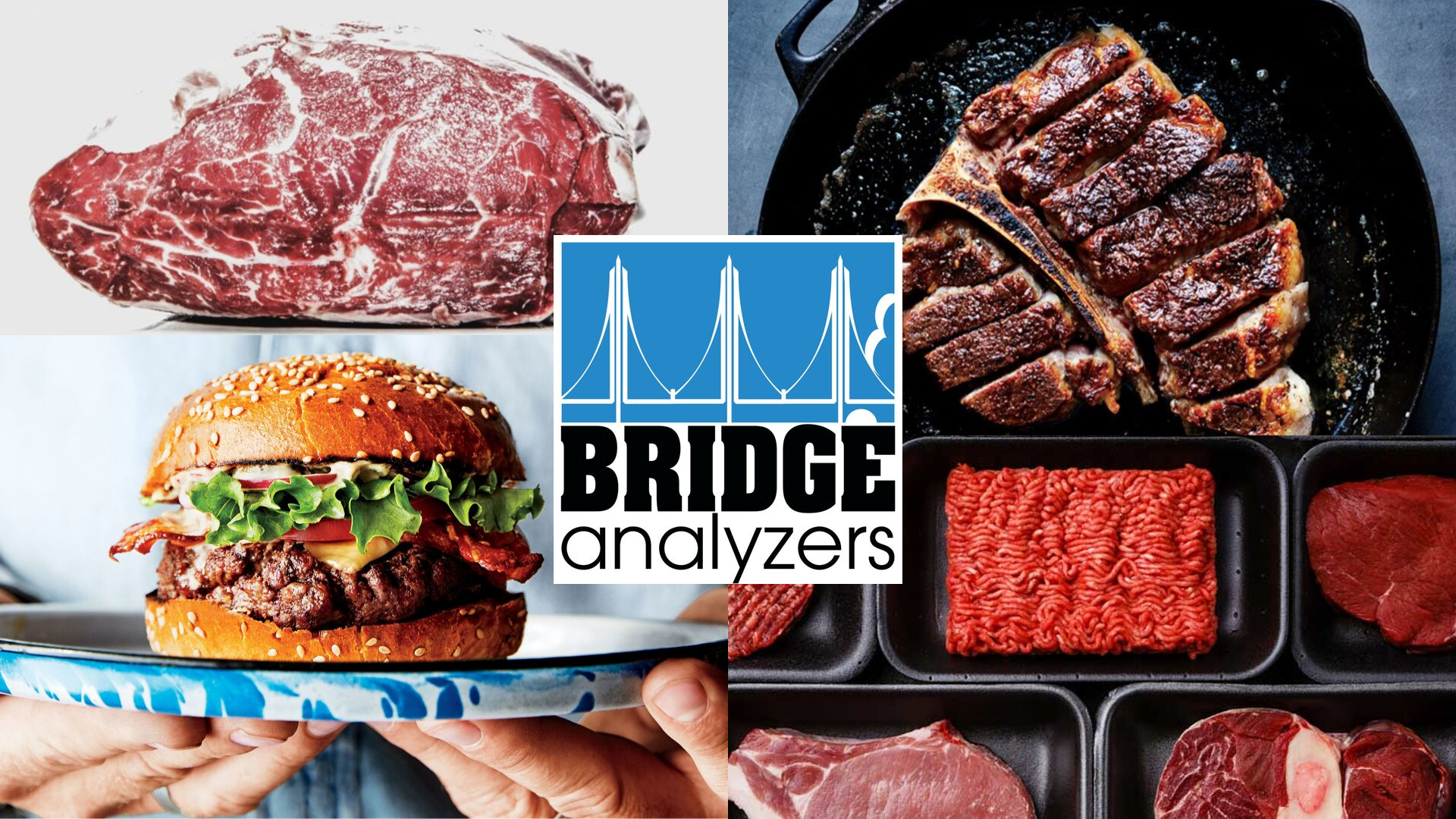When modified atmosphere packaging (MAP) for meat began, most practitioners were using a high oxygen concentration in their gas mix. At the time, this High-Ox modified atmosphere packaging was extremely innovative and enabled meat packagers and retailers to double the shelf-life of their meat products and ensure they kept the appealing red color that customers’ desired.
Daren Cornforth, professor of Food Sciences at Utah State University, in his article “Color: Its basis and importance” in Advances in meat research (Vol.9) discusses how meats packaged in high-oxygen MAP typically retain acceptable color for 10- 14 days of retail display, compared with 3-7 days for PVC packaged meats, and that the main economic advantage of MAP is the additional 7-10 days of red color stability, allowing retail meat packaging to occur in large volumes at central packaging facilities. He goes on to state that, “Due to the high-oxygen MAP technology, retail packages are now able to be shipped to stores in case-ready format for retail display. This allows supermarkets to offer retail fresh meat products at lower cost because the expense of in-store butchering and retail meat packaging is avoided.”
While everything discussed above is true, keep in mind that Cornforth’s article was written in 1994, and that while high oxygen packaging was an elegant solution at the time, as MAP has continued to evolve, new techniques and technologies have emerged that have revealed some significant disadvantages of the high oxygen technique of MAP.
Randall D. Huffman and Janet M. Riley in their article Low-Oxygen Packaging with CO: A Study in Food Politics That Warrants Peer Review discuss that while the High-Ox technique was good for a time, it does not currently deliver the results that meat packagers and retailers desire:
High oxygen modified atmosphere packaging (MAP) offered consumers the color they expected and offered retailers some of the inventory control benefits of case-ready systems. Consumers also could choose the brands they prefer. However, the presence of oxygen in the MAP packaging still delivered a shorter shelf life than retailers would otherwise like due to the degradative effects of high oxygen concentrations in meat products.
Some of the disadvantages that stem from High-Ox Modified Atmosphere Packaging are accelerated lipid oxidation that leads to off-flavor development, and premature browning during cooking. The first disadvantage (oxidation that leads to off-flavors) is very significant as it can cause the customer to have a negative sensory experience with the meat product which in turn can cause significant economic damage to the brand and the retailer responsible. The second disadvantage (premature browning during cooking) is also significant as it is a major health and safety concern. In their article Low-Oxygen Packaging of Fresh Meat with Carbon Monoxide Daren Cornforth and Melvin Hunt comment on the risks of premature browning during cooking, stating,
Important microbial safety concerns are involved with the premature browning that occurs during cooking of ground beef from high-oxygen MAP. High-oxygen treated ground beef appears fully cooked at temperatures as low as 57°C, which is well below the recommended internal temperature of 71°C for destruction of Escherichia coli. Thus consumers who rely on cooked color as the sole indicator of doneness may significantly undercook the product, resulting in increased food safety risk.
High-Ox MAP was developed to solve the problem of red color retention in meat products, but as is so often the case, the solution to one problem may be a whole new problem itself. In food and beverage packaging oxygen is always enemy number one, yet High-Ox MAP required packagers to pump high levels of oxygen into their packages for aesthetic purposes. As time has gone on and food packaging has evolved, the High-Ox solution looks more and more like a Pyrrhic victory— great for the short-term, but insufficient and maybe even detrimental for the long term. Having briefly discussed the disadvantages and inefficiencies of High-Ox MAP in this article, our next blog post will discuss how Low-Oxygen MAP can resolve these downfalls of High-Ox MAP.
Check out our analyzers designed for both Low-Oxygen and High-Oxygen Modified Atmosphere Packaging.
Image Credit: Omaha Steaks & Bon Appetit
